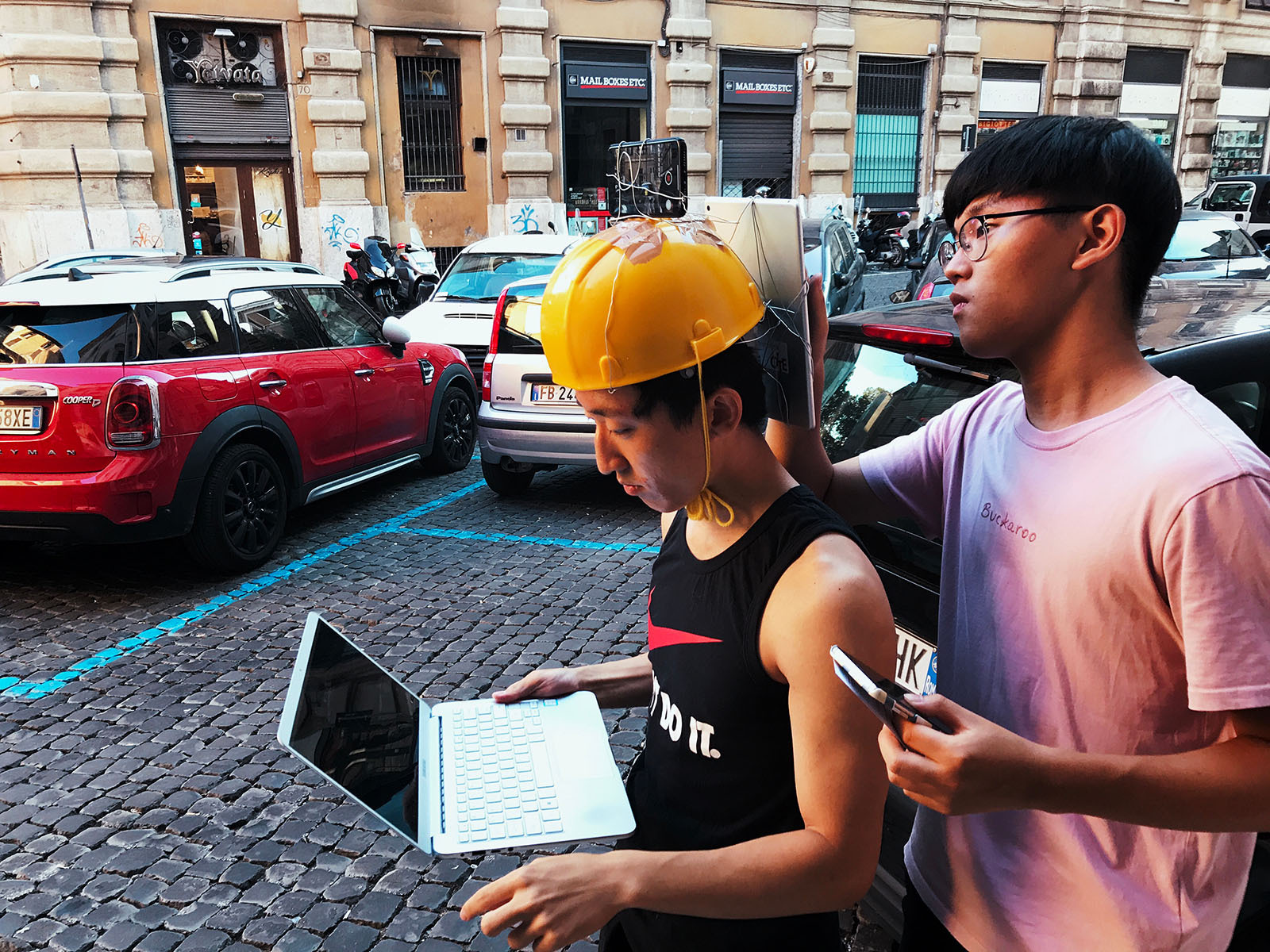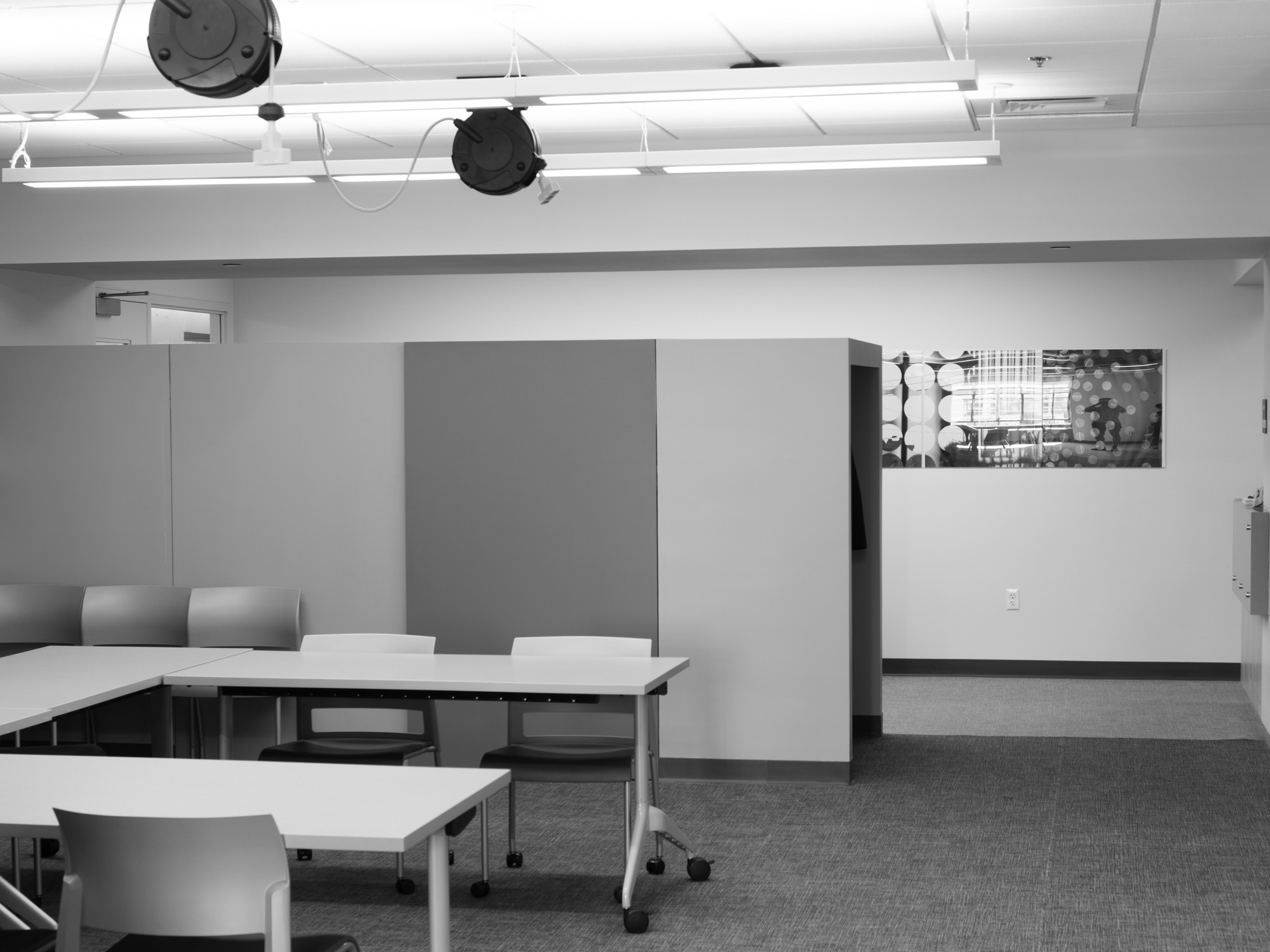About this Travel Course
Course Description
The Industrial Revolution rapidly modernized Europe in the 18th and 19th centuries. On the other hand, Japan's modernization began in the late 19th century, with a century delay from that in Europe due to the 200-year isolation of the Edo period. Since the country opened its border in 1854, Japan's growth snowballed and became the world's second-largest economy during the so-called "Japanese Economic Miracle" in the late 20th century. With its peak in 2008, however, Japan's population started to decline, dragging everything else on the same track. Cities are shrinking; rural communities are disappearing; houses, schools, and stores are unoccupied; the economy is stumbling.Moreover, the ultimate comfort, convenience, mass production, and overconsumption became the products of industrial modernization at the cost of environmental degradation and human health threats. Globalization has concurrently led to a loss of cultural identities in many parts of the world, and Japan is no exception. The shrinking society also contributes to a potential loss of tradition and cultural practices.
The architectural critic and historian Kenneth Frampton elaborated the concept of critical regionalism, which refers to the regional styles created with influences of global ideas but personalized by the specific contexts. He claims that the concept of local or national culture is a paradoxical proposition not only because of the current apparent antithesis between rooted culture and universal civilization but also because all cultures, both ancient and modern, seem to have depended for their intrinsic development on an inevitable cross-fertilization with other cultures. He cites Paul Ricoeur, "Regional or national cultures must be ultimately constituted as locally inflected manifestations of 'world culture.'"
During the industrial modernization of the late 19th Century in Japan, the country built infrastructures incorporating Western models and modernized the society at an unprecedented speed. These physical outcomes that formed their built environment reflected the local and global hybridization before the International Styles took over as cities continued to urbanize.
How do we look for cultural identity when global influences are inevitable? What are the opportunities for designers to address degrowth in the pressing environmental crisis? Where do we find cultural appreciation and appropriation in future design approaches? This course claims that those physical outcomes that helped modernize the country may be the more explicit representation of Critical Regionalism. The Japanese Ministry of Economy, Trade and Industry (METI) has named buildings, facilities, machinery, and equipment that represent the process of Japan's industrial modernization as "Heritage of Industrial Modernization" in 1990, certifying 1115 items across the country. Students will visit some of these sites and find the cues in the design of the built forms that reflect the locality and the global influences, which may give insight into how we intervene as designers in the future.

